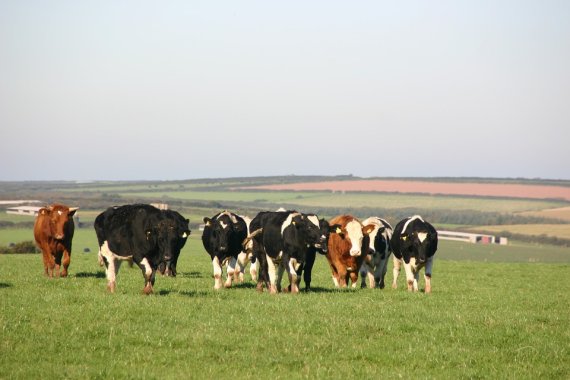The ‘Scientific council for integral sustainable agriculture’ was established in 2010. Although not literally stated in so many words, this council of academics is critical of the ‘limited vision of Wageningen’ with regard to intensive land use and is trying to include an alternative in policy debates.
However, during the council’s conference on 9 June, there was little evidence of that limited vision. To the satisfaction of many of the participants, WUR’s contribution to the question of how we should deal with efficiency in agriculture covered a broad spectrum. Many of the participants agreed that efficiency is more than trying to make as many products as possible with as few means as possible.
Cost reduction
According to Imke de Boer, WUR professor in animal production systems, there are two ways of looking at efficiency in livestock farming. First, the narrative of cost reduction by making production as efficient as possible. ‘The focus here is on how much land and raw materials you need per unit of animal product. With this paradigm, fast-growing chickens are the most efficient and extensive dairy farming, with large tracts of land, is a poorer choice. But other people focus on a consumption narrative and conclude that, with regard to the environment, eating meat should be avoided.’
Circular
De Boer wants to present a third perspective: the circular narrative. ‘Many products are produced in bundles: the production of milk also involves the production of meat, and the production of beet sugar means that beet pulp is also produced. Although not suitable for human consumption, this pulp can be fed to pigs, for example. If you look at environmental damage from that perspective, you reach very different figures. Then you see that eating less meat from animals who primarily use waste flows or grass in marginal areas is better.’ Her presentation was warmly supported.
Environmental damage
Economist Krijn Poppe of Wageningen Economic Research later argued that businesses should take the price of environmental damage and other social costs into consideration. This should eventually lead to the ‘true’ price. Information about the environmental damage caused by various systems is widely available, models show that we can calculate that damage fairly accurately and we can exchange this information with technology between businesses,’ Poppe stated.
Antibiotics
While many other participants support the idea of this ‘true price’, there are also objections. For example, De Boer’s ‘circular narrative’ is not included in Poppe’s models. And, added Hans van Grinsven, a researcher at the Planning Office for the Environment, ‘it remains a question of comparing apples and oranges. For example, what do you do with the risks of global resistance to antibiotics? The chance is small, but if things go wrong and millions of people become ill, this leads to gigantic social costs. What’s the price card of that risk? True prices can’t always be calculated and, before you know it, scientists are dealing with political considerations.’
But Poppe isn’t afraid of this. ‘In the end, everything is about politics when discussing what kind of future society we want, so we shouldn’t let ourselves be intimidated by that.’ He was satisfied with the conference. ‘We should actually soon hold this debate ourselves at WUR.’

